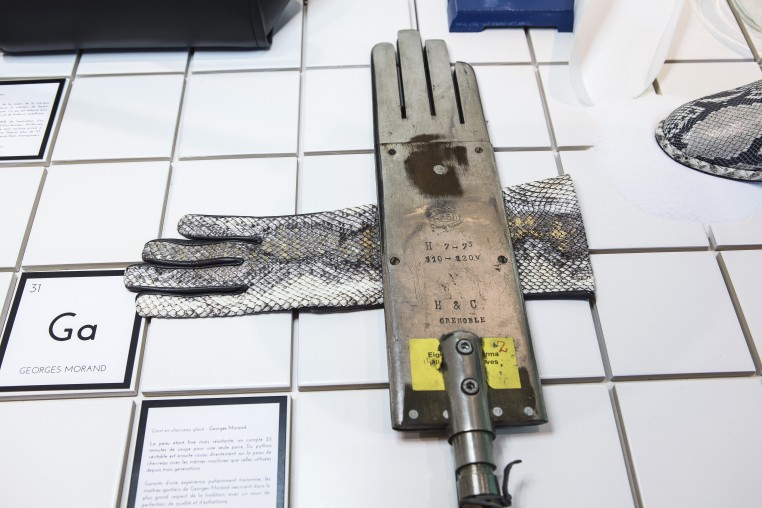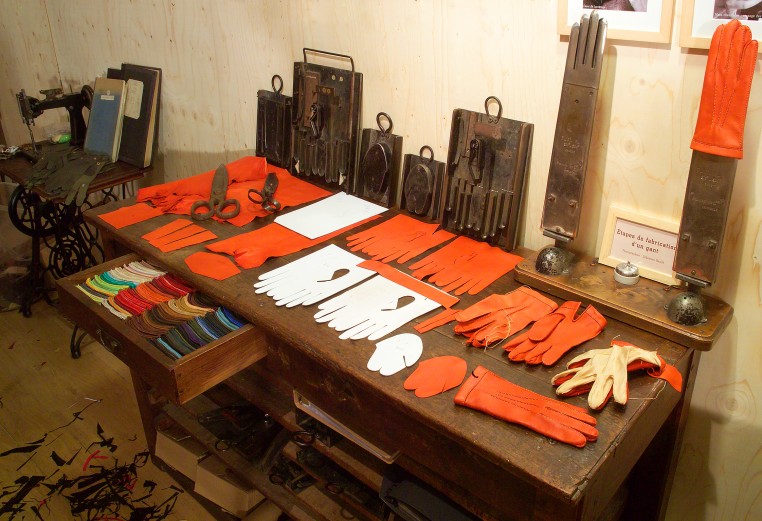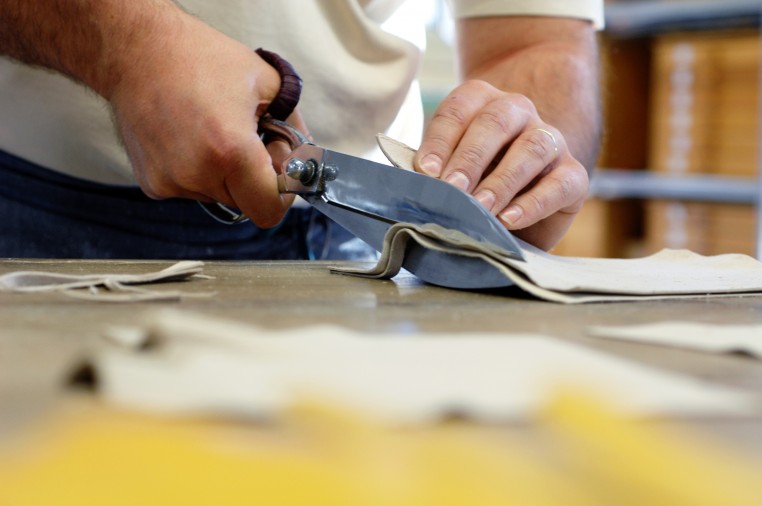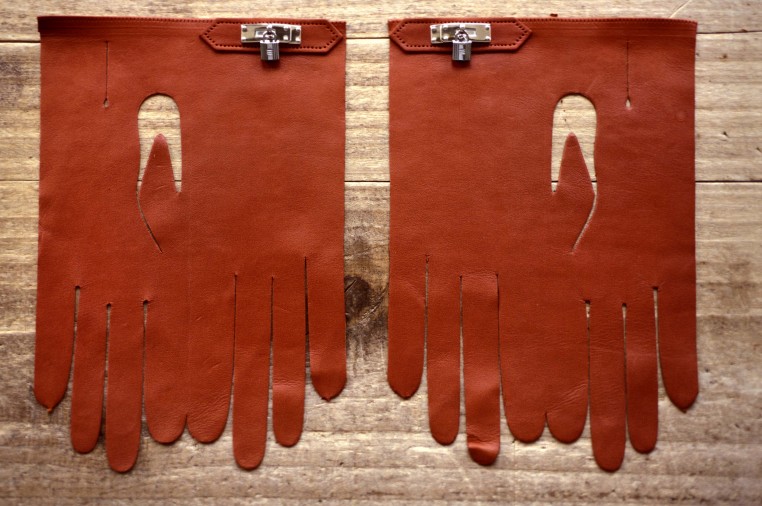main_chaude_photo_axel_vanhessche_accessoires_trilogie.jpg

French glovemaking owes everything to hands, because gloves protect and dress them with elegance. What is more, Their artisanal production methods firmly anchor tradition into the modern day.
A well-organised production process
The corporation of glovemakers across those regions of France known for breeding kid goats and lambs first appeared in the Middle Ages. Although glovemaking has had its ups and downs over the years, the three original sites are still in operation. These are: Saint-Julien in the Haute-Vienne region; Grenoble, where a technique christened the “iron hand” was first invented in 1838; and finally Millau, an area that owes its entire reputation to the glove, and where between 1920 and 1930 up to 70,000 people were employed in the sector.

“Hand-made” in the workshop
French glovemaking houses Angelle, Atelier du Gantier, Barnier-Lesdiguières, Causse, Fabre, Ganterie de Saint-Julien, Georges Morand, and Mary Beyer have all kept their original ateliers working into the 21st Century. Glovemaking has even preserved its historical measuring tools, such as the glovemaker’s foot, also known as Charlemagne’s foot (32.4cm long), divided into 12 sections known as inches. Glove sizes are always expressed in inches and half-inches, from 6 ½ to 11 for adults.

Tools and techniques that stand the test of time
The hide is not chosen at random, but is categorised according to colour and size, and is then carefully checked.
The cutting-out
The hide is dampened to soften it and then stretched longer and wider. The hide is measured using an instrument known as Charlemagne’s foot to determine the length and the width. It is then standardised, softened and refined using a doler’s knife. Using scissors, the glovemaker then cuts along the edges of a cardboard pattern on which the slit of the fingers and the position of the thumb are marked. The “iron hand” is the last tool used at this stage of the cutting-out. The leather rectangles are placed on this cutter, and cut using the hydraulic press. There is a different version of this machine for every size and type of glove.

Assembly
This stage of the process involves matching up and gathering together all of the cut-out pieces. Decoration is then added and the silk lining is sewn in. There are various types of stitches –Hermès, for example, uses the hand stitch, the overlapping stitch and the cobbler stitch.

Finishes
In order to control the stitching and repair any faults, a glove-opener is placed inside the fingers of the glove. The glove is then placed on a “warm hand”, or a heated metal mould to smooth it out with a brush – the glovemakers’ equivalent of ironing.






